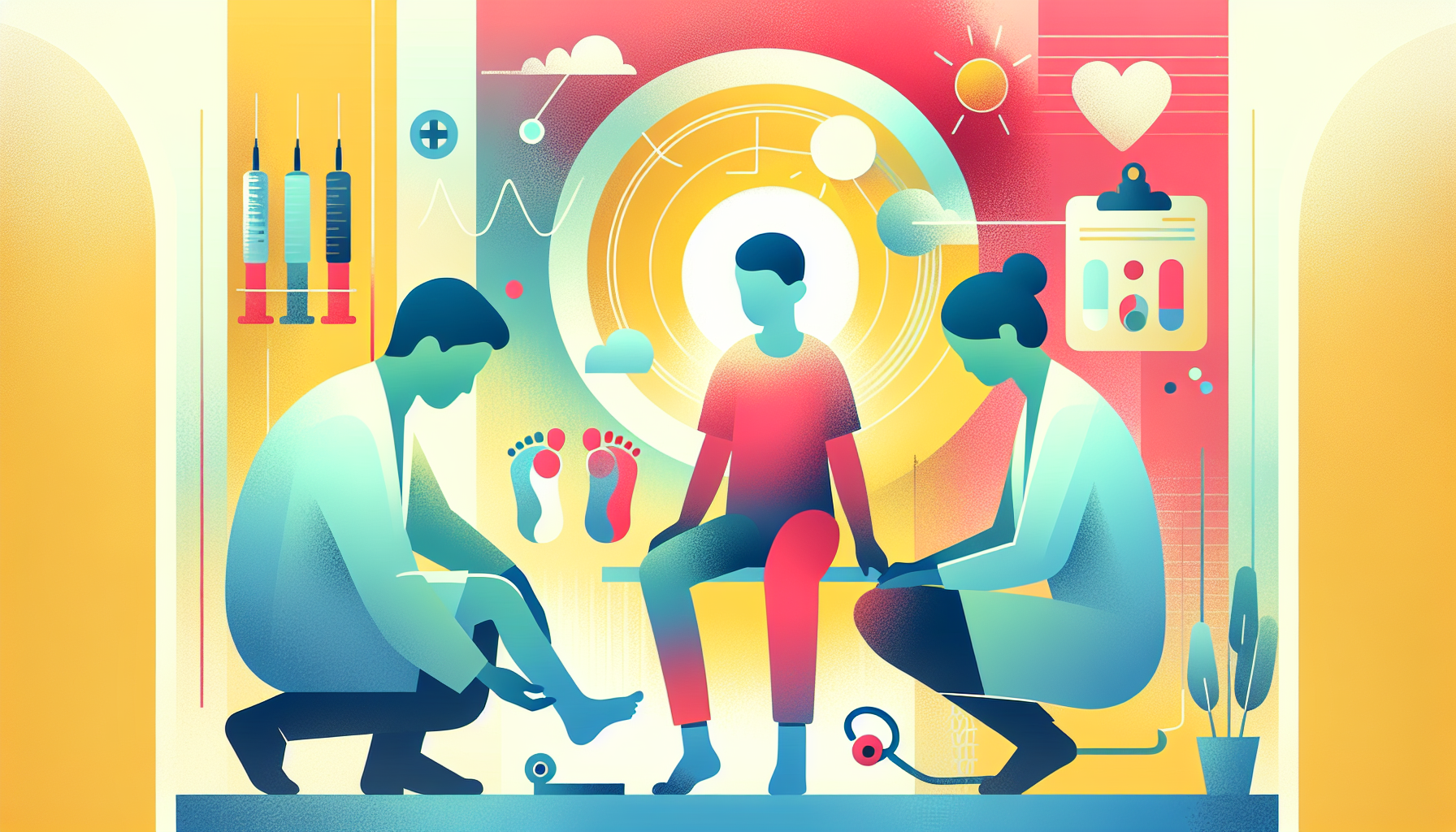Clubfoot, also known as club foot, is a common birth defect that affects about 1 in every 1,000 babies. If your baby is born with clubfoot, their foot may be twisted, curled sideways, or pointing in the wrong direction. While it may look concerning, clubfoot is treatable, and most children with clubfoot go on to lead normal, active lives.
What Causes Clubfoot?
The exact cause of clubfoot is unknown, but several risk factors may increase the likelihood of a baby being born with this condition:
Male sex: Two-thirds of babies with clubfoot are male.
Family history: Babies with a parent or sibling who had clubfoot are twice as likely to have it.
Lifestyle choices: Smoking or using illegal drugs during pregnancy may increase the risk.
Other birth defects: Clubfoot may be associated with conditions like spina bifida.
Too little amniotic fluid: If there's not enough fluid surrounding the baby in the womb, the risk of clubfoot may be higher.
Symptoms of Clubfoot
Clubfoot is usually noticeable at birth. Signs may include:
A downward-pointing foot with curled toes
A foot that appears sideways or upside down
Smaller foot size compared to other babies
Underdeveloped calf muscles on the affected leg
Limited range of motion in the foot
Treating Clubfoot
Treatment for clubfoot typically begins shortly after birth to prevent delays in standing and walking. The two main treatment options are casting and surgery.
The Ponseti Method: Stretching and Casting
The Ponseti method involves gently stretching the baby's foot into the correct position and applying a cast to hold it in place. This process is repeated weekly, with the foot being stretched a little more each time. The Ponseti method is successful in correcting clubfoot in most cases, and the baby may need to wear a special brace or shoe for a period of time to maintain the correction.
Clubfoot Surgery
In some cases, the tendons and tissues in the baby's foot may be too short for stretching and casting to be effective. In these situations, surgery may be necessary. During the procedure, the doctor will lengthen tendons and reshape the foot to a more normal position. After surgery, the baby will wear a cast and then a brace or special shoe to maintain the correction.
Long-Term Outlook
With proper treatment, most children with clubfoot will not experience any long-lasting effects. According to the Children's Hospital of Philadelphia, idiopathic clubfoot is 95% correctable using the Ponseti method in babies. Early intervention is key to ensuring the best possible outcome for your child.


